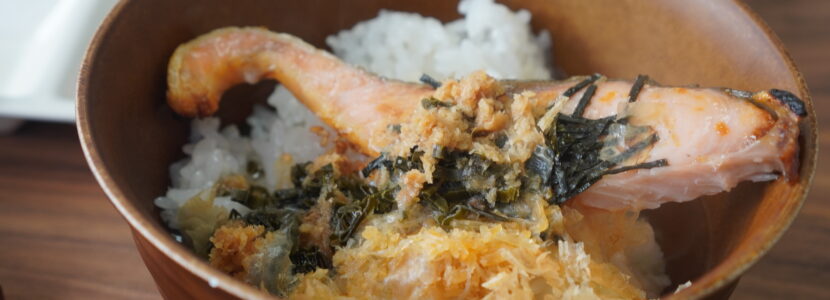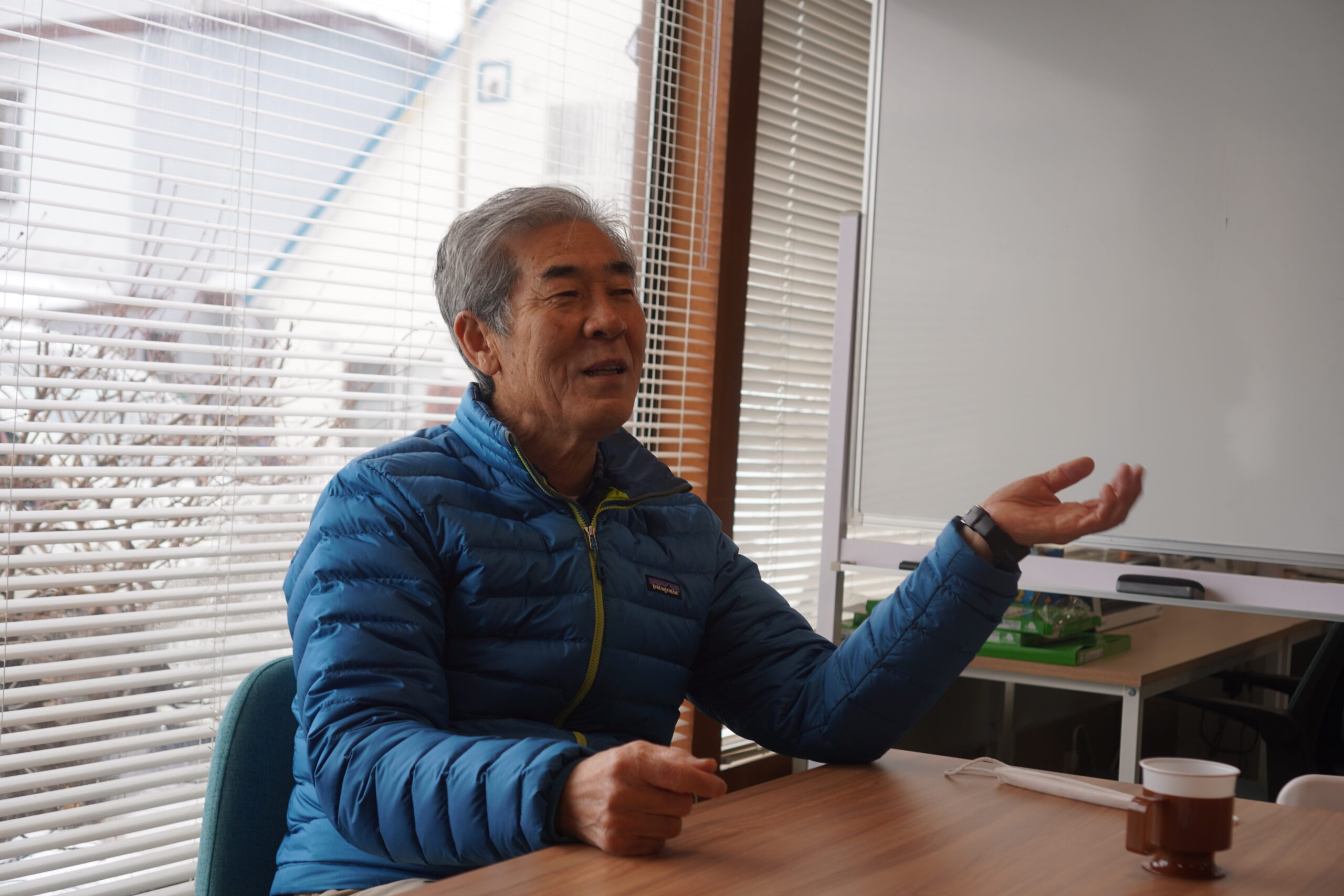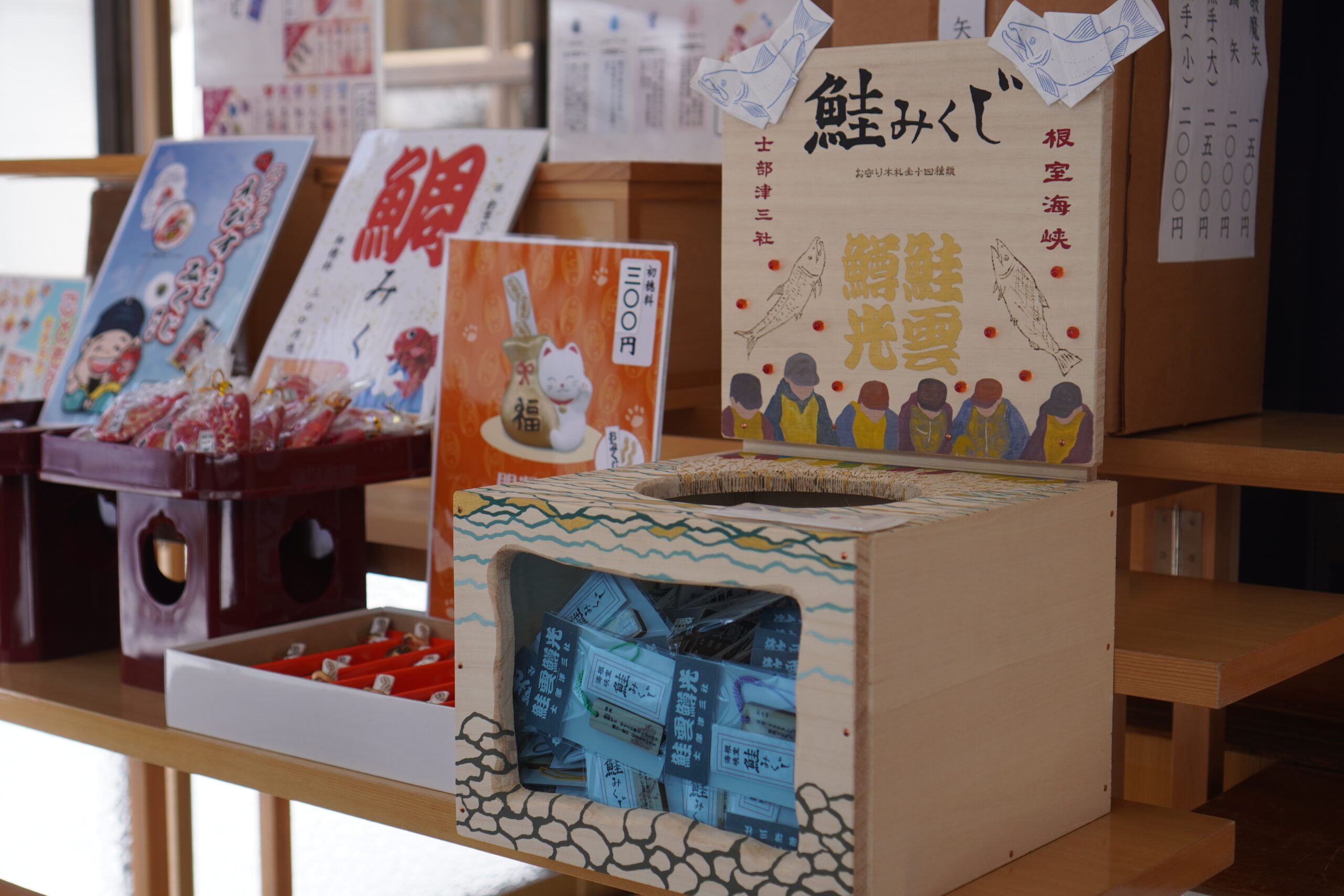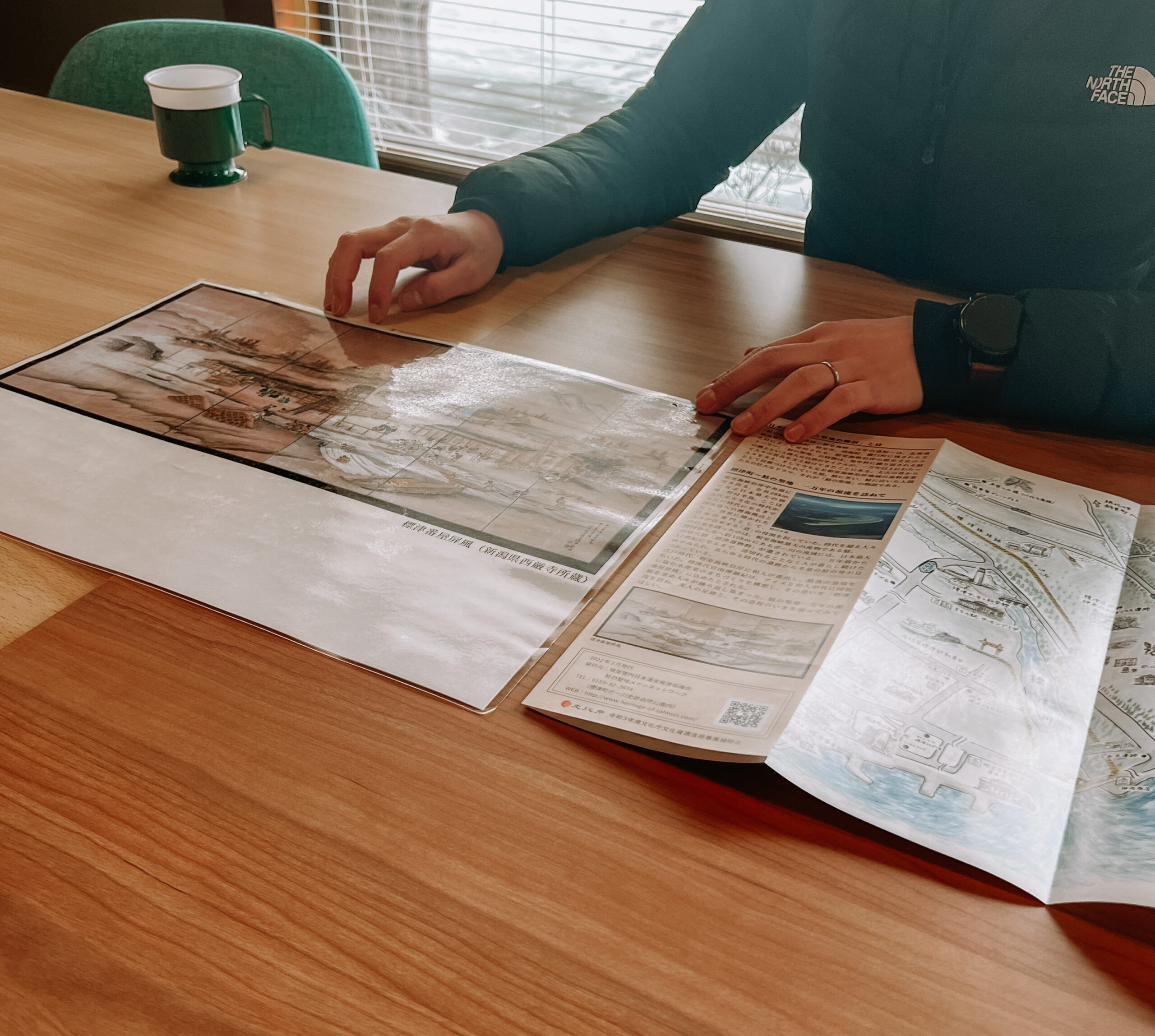「海峡や独特な地形を有する沿岸部、開拓によって開かれた内陸部。恵まれた環境によって育まれた人々の営みは、古くから様々な産業文化を形成し、旅の独自性を演出してくれる。」
知床ねむろのアドベンチャーコンテンツ“野生の躍動”について、キーマンであるガイド 井南 進さん、齊藤 智美さんの二人にお話を伺いました。
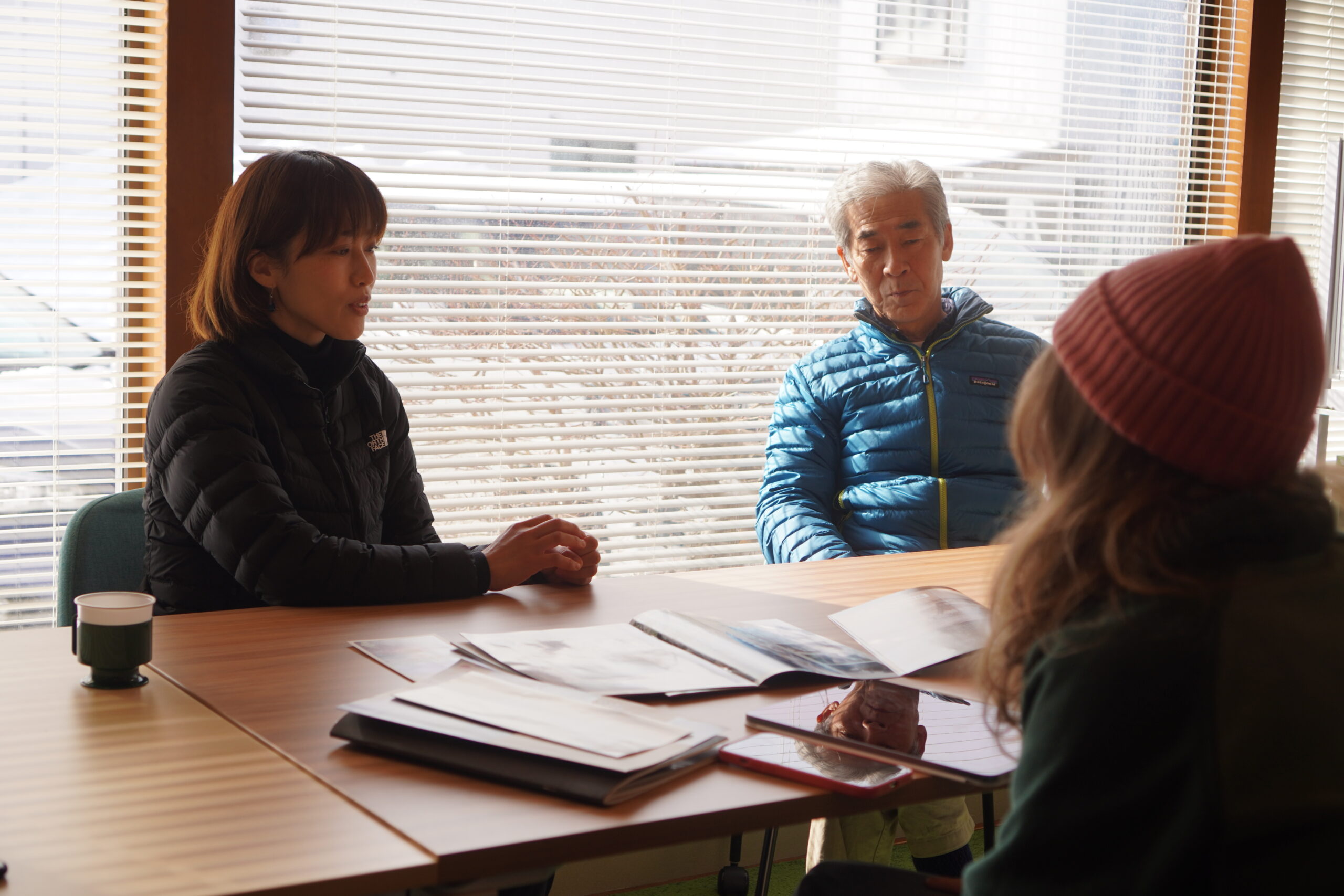
標津ガイド協会 - 井南進 氏・齊藤智美 氏インタビュー
TRAVEL HOKKAIDO ピタ大畑
羅臼と野付半島の間の海岸線に位置する漁業と酪農の町、標津はまさに秘宝としか言いようがありません。
私は何年にもわたってこの道路を数え切れないほど運転してきました。その場所の名前は知っていましたが、深く調べたことはなく、自分が見逃していたことを理解したことがありませんでした。 この小さなコミュニティには、豊かな遺産と深い歴史があります。その多くは、彼らが独自の宣伝資料で「鮭の聖地」と表現しているものを中心に展開しています。 それは、文字通り何千年も前にさかのぼるルーツと理解の場所であり、この歴史を訪問者と共有するために繁栄し、革新してきたガイドコミュニティがあります。標津には、1万年前の縄文時代初期にさかのぼることができる地元のサケに頼るという長い物語があります. 標津を訪れると鮭がたくさん出てくるので、これは覚えておくことが重要です。 訪問する前はその程度に気づいていませんでしたが、多くの素晴らしい方法でそこでの時間を思い出深いものにしました。
私は夕方に到着します。 旅のこの時点で、私はこの地域に数日滞在しており、羅臼から旅をしていて、暗闇が落ち着いた直後に南へ 45 分の短い旅をしています。 到着して最初に驚いたのは、町の中心部の活気です。 夕方にはほとんど何も開いていない静かで田舎の雰囲気を誤って期待していましたが、通りを車で通り抜けてホテルに向かうと、明るく照らされたレストランやバーが見え、活気に満ちた雰囲気が私を元気づけてくれます。 これは小さなコミュニティですが、イベントやアイデアが不足しているコミュニティではありません。 私は川端温泉ホテルにチェックインし、フレンドリーなスタッフ、素晴らしい料理(すべてのコースでのサーモンの焦点は、これから何が起こるかについての私の最初のプレゼントだったはずです)と素晴らしい温泉に迎えられました。 初めての標津滞在から 3 時間も経っていないのに、なぜ今までここを訪れようとは思っていなかったのか、正直なところ疑問に思っています。
翌朝、標津ガイド協会と南知床標津町観光協会の井波南進さん、齋藤智美さんと合流。 私はこの 2 人の人物の向かいに座って、この町についてほとんど知らないことに突然気づきました。おいしい夕食、素晴らしい温泉、ぐっすり眠ることができた後です。 この地域のことはなんとなく知っているつもりだったのですが、周辺の町や村と比べて標津がどれだけユニークな場所なのかはわかりませんでした。井南進さんは標津生まれ標津育ちのガイド歴20年以上のベテランガイドです。 対照的に、斎藤智美は2018年に故郷の埼玉からここに引っ越してきて以来、熱心に彼女の新しいコミュニティに深く入り込んでいます。彼らとの最初の出会いで、私はすでにここのガイドコミュニティの心について何かを捉えることができたと思います。この 1 回の会議で、さまざまな世代の展示があり、この町のガイドがもたらすさまざまな経験がありました。 ここで育った人々は、文字通り標津の物語を本質的に生き、呼吸しています。 そして、その情熱を自分自身で見つけた人。 そして、これらのグループは分離されていませんが、すべてコミュニティです。
標津ガイド協会は 20年以上にわたって運営されており、設立当初は革新的であり、主流やトレンディになる前に、環境や体験型の旅行パッケージを開拓しました。 しかし、彼らも停滞していません。 彼らは革新を続け、トレーニングを続け、新しいガイドや新しいコミュニティ メンバーを歓迎しています。 見るのは美しいことです。 井南さんがこのコミュニティが提供できる活動やツアーの範囲について話すとき、それは私にとって素晴らしいことです。標津には人口 5,000 人しかいないにもかかわらず、30 人を超える有資格のガイドがいます。 彼らは歴史と文化の豊かさを示す活動を提供することに焦点を当てています。 これらの活動のいくつかは、20 年以上にわたり指導プログラムに含まれています。 小学生から高校生、大学生まで全国から集まる修学旅行をはじめ、体験型・教育型の観光に力を入れています。
井南さんは、酪農関係者、旅館組合、ガイド協会、観光協会など、地元のさまざまな人が関わることが、町の活性化につながると考えています。 そして私は彼に同意します。 この小さなコミュニティがすでに提供できる膨大な活動プログラムを見ると、このビジョンの一部を捉えることができます。 体験型の観光では、鮭の水揚げ、そば打ち、酪農体験、鮭やイクラの荒巻作り、釣り、ポー川史跡自然公園でのトレッキングやスノーシュー、ポー川でのカヌーなどがあります。
私たちの会話の中で輝いているのは、冒険旅行とエコツーリズムに対する井南さんの情熱です。 彼は最初、山への愛情を通してガイドを知り、自由な時間にアウトドア ガイドになり、その後フルタイムのガイドの仕事に移行しました。 歴史と織り成す士別ならではの自然体験がたくさんあると教えてくれました。 地域の自然資源を活用し、地元の人々と非常にリアルに交流することで、これらの体験は表面レベルの観光以上のものになります。 ゲストは深く学び、楽しみながら、この種の文化遺産を保護する必要性を認識することができます。 2020年、標津町、根室町、別海町、羅臼町を含む根室海峡に面した地域が、文化庁より日本遺産に認定されました。 地域の文化と伝統の重要な要素として認識されている「鮭の聖地」の物語を見ることは、町にとって非常に重要です。
最近、標津に引っ越してきた齊藤智美さんがガイドになりました。 標津ガイド協会に所属する傍ら、個人旅行会社AMUTOKIを2年ほど前に立ち上げた。 彼女は人々を地域社会につなげることに目に見える情熱を持っており、地域の歴史、文化、食べ物を紹介する標津町でのさまざまなパーソナライズされたツアーを提供しています。ボルネオ島とニュージーランドへの旅行での彼女自身の経験は、彼女の考え方と、ゲスト向けのツアーやアクティビティをデザインする方法に大きな影響を与えました。彼女は、旅行中に田舎で実際の人々に会うことで自分の貴重な思い出を作ったことを振り返り、それらのコミュニティとのつながりを彼女とどのように引き継いできたかを説明します。 標津を訪れたゲストにも、同じように標津町との深いつながりを感じてもらいたい、というのが彼女の願いです。
齊藤さんとの時間は、標津町のツアーで終日続き、地元のサーモンの天ぷらを試食する自発的な昼食にまで及びます。 ご想像のとおり、町のほとんどのレストランにはサーモン料理があります。 標津とその鮭との1万年にわたる関係が、この町のすべての中心にあることを、この日のあらゆる段階で思い知らされました. このコミュニティの人々は、海と大地とのつながりを持っており、それを当然のこととは考えていません。 港の漁船からレストランの看板、地元の神社の鮭の形をした祈願札まで、毎年9月末には鮭まつりがあり、また行きたいです。 斎藤さんの熱意は凄まじく、街のストーリーを語る姿は標津の楽しさ、歴史を感じさせてくれます。 ここに住む彼女の喜びは、彼女から放射されるだけです。 彼女は私たちの会話を歴史から移し、この小さなコミュニティの日常生活について詳しく話してくれました。 町の人々は、生活を楽しむために必要なネットワークを作る素晴らしい能力を持っているようです。 私が気に入った例は、地元に DJ のグループがあることです。何人かの人々がこの町に興味を持っているためです。このことから、夜に音楽を楽しめる新しい町のカフェが生まれました。 彼女はここで母親であることについて話してくれました。私たちには小さな子供がいて、物語を比較することができます。彼女はここ、この小さな町に引っ越してきて、そこに自分の情熱と自分の居場所を見つけたことについて話してくれました。
座って昼食をとっていると、自分たちが何に属しているかに心を奪われずにはいられません。 標津を訪れると、ポー川自然公園に入ることができ、数千年前から約800年前のアイヌ文化の時代まで使用された約4400の縄文時代の竪穴住居のくぼみを見ることができます。 ここには、数千年もの間、標津地域に住み続けてきた集団の痕跡が残っています。 ピットが発掘されたとき、遺跡には特にユニークな特徴が1つありました。その中に大量のサケの骨が見つかりました。 座って昼食にサーモンを食べるのは信じられないほどの気分であり、何千年もの間、縄文、ポスト縄文、トビニタイ、アイヌ文化の間で移行し、今日に至るまで、このコミュニティの人々は親しみを持って覚えています。 必ず上流に戻ってくるサケたちに寄り添い、その生き方を支え続けてきた。 その一周には、とても価値があり、とても美しいものがあります。 すべてが変化しているように見える時代に、減速し、食事をし、遺産を思い出し、すべてに感謝することを思い出させてくれる根室海峡の場所に旅行することができます. そして、少なくとも私にとっては、その思い出は私が初めて標津を訪れたときの貴重な思い出であり、これから何度も何度も訪れる場所です。
標津エリアでの活動に興味がある方は、https://www.visitshibetsu.com で見つけることができます。 AMUTOKIと一緒にシティツアーに参加したい場合は、https://amutoki.comで提供されているすべての情報を確認できます。


